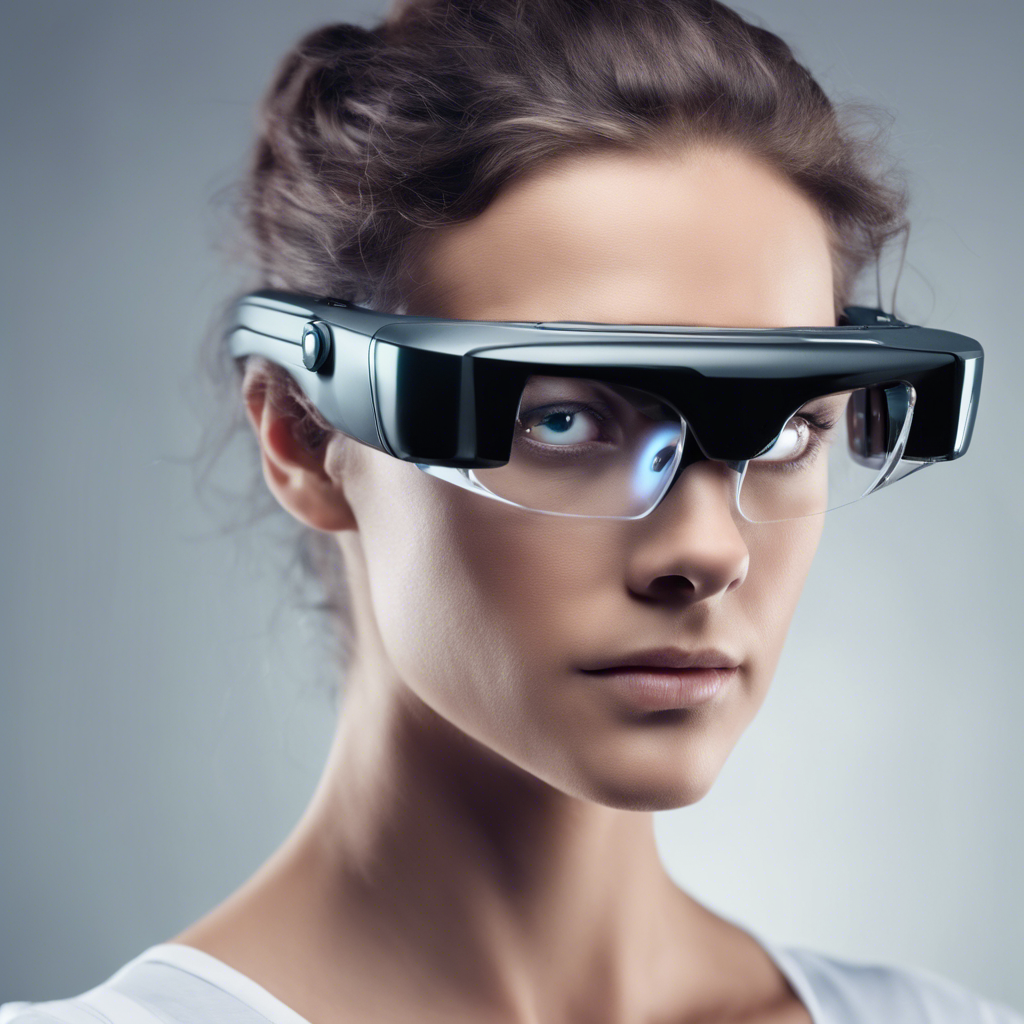Future Smart Glasses Could Use Sonar Instead of Cameras for Improved Privacy and Affordability

Scientists at Cornell University have developed a technology called “PoseSonic” that combines micro sonar and artificial intelligence to create an accurate echo profile image of the wearer. This innovative approach could revolutionize smart glasses by enhancing privacy, accuracy, and affordability.
Smart glasses have become an increasingly popular wearable technology, offering augmented reality experiences and seamless integration with daily activities. However, concerns over privacy and the high cost of production have hindered their widespread adoption. In a groundbreaking study, scientists at Cornell University have developed a new technology called “PoseSonic” that replaces optical cameras with sonar, offering a range of benefits including improved privacy, accuracy, and cost-effectiveness.
The Potential of Sonar-Based Technology
The PoseSonic technology developed by scientists at Cornell University combines micro sonar powered by CHIRP technology with artificial intelligence (AI) to create an accurate echo profile image of the wearer. Unlike traditional cameras, which continuously record video and drain the battery quickly, sonar-based tracking is more efficient, unobtrusive, and privacy-conscious.
How PoseSonic Works
PoseSonic utilizes microphones and speakers fitted alongside a microprocessor, Bluetooth module, battery, and sensors. The speakers emit sound waves that are inaudible to humans, which bounce off the wearer’s body and are captured by the microphones. The microprocessor then generates a profile image based on these sound waves, which is fed into an AI model. The AI model estimates the 3D positions of nine body joints, providing accurate tracking of the wearer’s movements.
Advantages and Affordability
The use of sonar-based technology offers several advantages over camera-based solutions. Sonar-based tracking consumes less power, allowing smart glasses to run for more than 20 hours continuously. Additionally, the cost of producing PoseSonic is significantly lower than traditional camera-based systems, with the researchers creating a working prototype for less than $40. This cost can likely be further reduced with mass production.
Enhanced Privacy and Data Security
Sonar-based tracking also addresses privacy concerns associated with camera-based systems. The algorithm used in PoseSonic processes only the sound waves it produces, eliminating the need to capture images or use external sounds. This data can be processed locally on the wearer’s smartphone, reducing the risk of interception or unauthorized access.
Practical Applications
The potential applications of acoustic tracking in smart glasses are vast. PoseSonic can recognize upper body movements in day-to-day life, such as eating, drinking, or smoking, providing valuable insights into behavior patterns. Additionally, this technology can track the wearer’s movements during exercise, offering detailed feedback on body motion and enhancing fitness monitoring beyond basic step counting or calorie tracking.
Conclusion:
The development of PoseSonic technology represents a significant step forward in the evolution of smart glasses. By replacing optical cameras with sonar-based tracking, these wearable devices can offer enhanced privacy, accuracy, and affordability. The use of micro sonar and AI algorithms allows for precise tracking of body movements while minimizing power consumption. As this technology continues to advance, it holds the potential to revolutionize the way we interact with wearable devices and opens up new possibilities for personalized health monitoring and augmented reality experiences.










